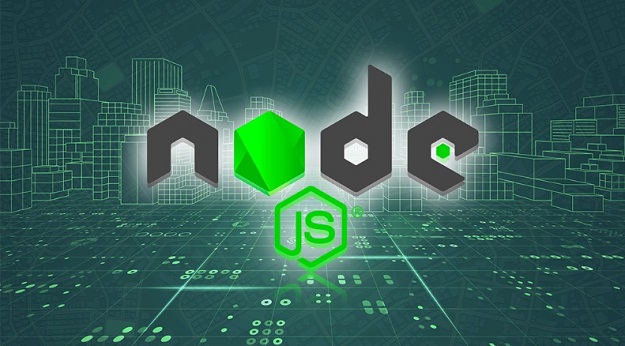The selection of the tech stack is a crucial element of every development process. It is not uncommon that companies don’t put as much importance on it as they should, focusing on the design and user experience and leaving the technical aspects for the development team. That, however, may initiate the formation of the tech debt and cause unnecessary difficulties further in the product development process. If you’re reading this article, you likely have already made up your mind or at least are thinking about using Node JS for development. Putting this platform in your tech stack, you will follow the steps of numerous successful companies, such as Facebook and PayPal. But to use Node.js’s potential to the maximum, you should plan your development process with its specifics in mind. Here’s how!
What is Node JS?
You probably already know the basics, but for those who need a brief sum-up: Node.js is an open-source, server-side runtime environment built on Chrome’s V8 JavaScript engine known for its event-driven, non-blocking I/O model, which allows it to handle concurrency like no other platform.
What is Node Js used for? Scripted in JS, it allows running JS code outside a web browser, enabling developers to use it on the server side of the applications. With its extensive community and a broad collection of frameworks and libraries that cut developers a ton of work, Node JS became a preferred option for various companies across industries.
Node.js Development – What to have in Mind?
Due to its asynchronous nature and the concept of the event loop, Node.js supports scalability like no other tool. That, in a nutshell, means that one request does not have to be fully processed for the other to jump in. This way, the node.js apps can handle concurrent requests without any drop in performance. That’s important information from the project planning perspective.
First – it means that you don’t have to limit yourself in terms of software architecture as you could with the other platforms. Second – you can easily go with a more limited version of the app at the beginning and then continuously scale it while keeping the usability and speed of your solution at the same level.
There are various frameworks that can make your work with Node.JS much easier and more efficient, among them Espresso or X. Take some time to revise them and include them in your tech stack, too. If you are working with Node JS for the first time, remember to stick to solutions with strong community backup in case you encounter any issues along the way. But very likely, you want – Node JS is so appreciated in the IT community for a reason!
When selecting your frameworks, keep the question of the routers in mind. Some, like Express, will have routers built in, while others leave their selection up to you. That may be important if you like to do things your way and count on maximum flexibility.
Node JS – Which Challenges Should You Prepare for?
Since Node JS is scripted with JavaScript, JS developers will have no trouble implementing it in no time. However, if you don’t have experienced JS specialists at your disposal, think about your tech stack choice twice. Supporting your team with a bunch of external developers could be a good idea in such a case. Pick a specialized Node JS development company that can provide you with insights into this technology.
If you are limited to developers that haven’t worked with Node.JS much, maybe consider creating a single-page application. By single page application (SPA), we mean a web app or a website that rewrites the page with the new content instead of reloading it every time the state of the app changes. Node.js is perfect for that, and it will save the development team some worries. Many market leaders, including Uber and Facebook, have picked such a solution for its efficiency and speed. If those are also your priorities, you could think about SPA, which is relatively easy to handle with Node JS.
Another thing to have in mind is the CPU. Before placing Node JS in your tech stack, you should answer yourself the question whether your application will be CPU intensive. That’s because the event loop doesn’t work well in such apps, potentially causing issues with the performance.
Remember about these aspects when preparing for the Node js development. Overall, this platform has numerous benefits – it’s all a matter of planning and picking the most beneficial approach!

